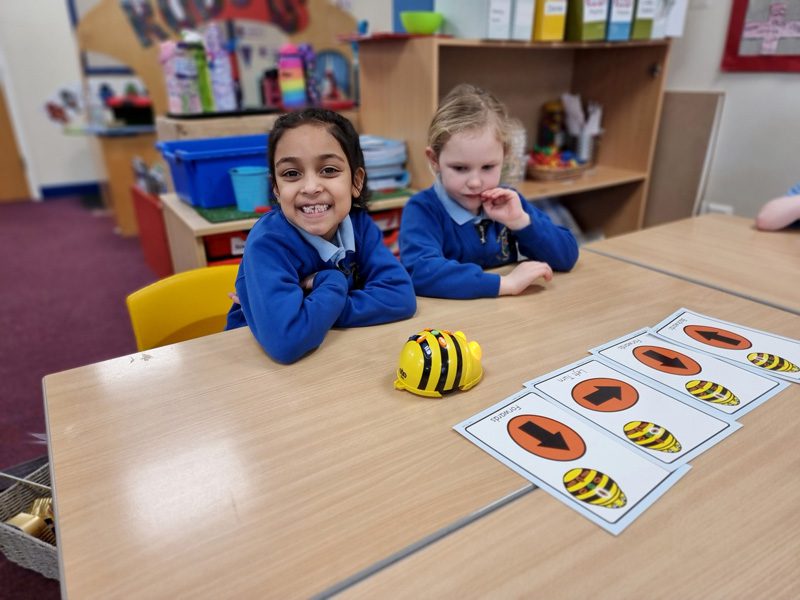DT
Intent
Our aim is for all pupils to be knowledgeable, expressive and inspired:
In DT, this means children are engaged and inspired by a well-designed sequential curriculum to be curious and interested to explore the world that we live in. DT is highly valued as part of our rich curriculum and equips children with the skills they need to develop their knowledge through studying the work of designers, to plan and create their own work and to have a sound understanding of nutrition and basic cookery skills.
Our Four Curriculum Drivers underpin our approach to learning across all subjects at NLAS.




Our intent is that our children understand the role of design and designers, building and applying a repertoire of knowledge, understanding and skills in order to design and make prototypes and products. Children develop the creative, technical and practical expertise to participate successfully in an increasing technological world.
Children will understand and apply the principles of nutrition and learn how to cook. Through the teaching of subject specific technical vocabulary and opportunities to evaluate and reflect upon design, children develop their ability to think critically and present their views and ideas.
Opportunities are sought to work with architects and designers. This gives learning a real life and impactful context e.g. linking up with local housing developments to inform our sustainable cities unit or working with local architects/ authorities to improve our community.
The ‘trial and improvement’ model in DT means having a growth mind-set is essential empowering children with the confidence to have a go, to learn from mistakes and to keep trying and improving and a key way to reinforce our All Saints’ Way. By using creativity and imagination, pupils design and make products that solve real and relevant problems within a variety of contexts, considering their own and others’ needs, wants and values. This has included designing reusable water bottles for the school, building insect homes and evaluating ways to remove plastic from the ocean.
All children including those who have SEND or are disadvantaged fully access the DT curriculum. This may include additional adult support or use of visuals or adapted tools. Structured sentence stems and taught vocabulary scaffolds children in discussion.
Implementation
The DT scheme of work, developed by staff across all key stages, lays out the sequential steps so that new knowledge and skills build on prior learning and pupils can work towards clearly defined high quality outcomes.
DT is taught in units, with lessons sometimes blocked to allow immersion in the process. Each strand of DT (Designing and making and cooking and nutrition) is covered and revisited so that pupils retain and build upon prior learning. DT is resourced with appropriate tools and materials and the DT lead supports teachers and monitors standards by reviewing planning of units, talking to children with their designs and products.
We link with other organisations to enrich DT opportunities and opportunities are sought to link with real world designers and to solve local problems
Impact
Children at NLAS can express informed opinions, make connections and have a developing knowledge of designers and cooks from different periods and localities. Children see themselves as future designers, architects and engineers and understand the importance of these roles in our society. Children actively engage in creating real world design solutions to key issues.

New Longton
Preston
Lancashire
PR4 4XA




